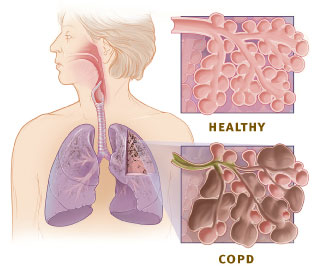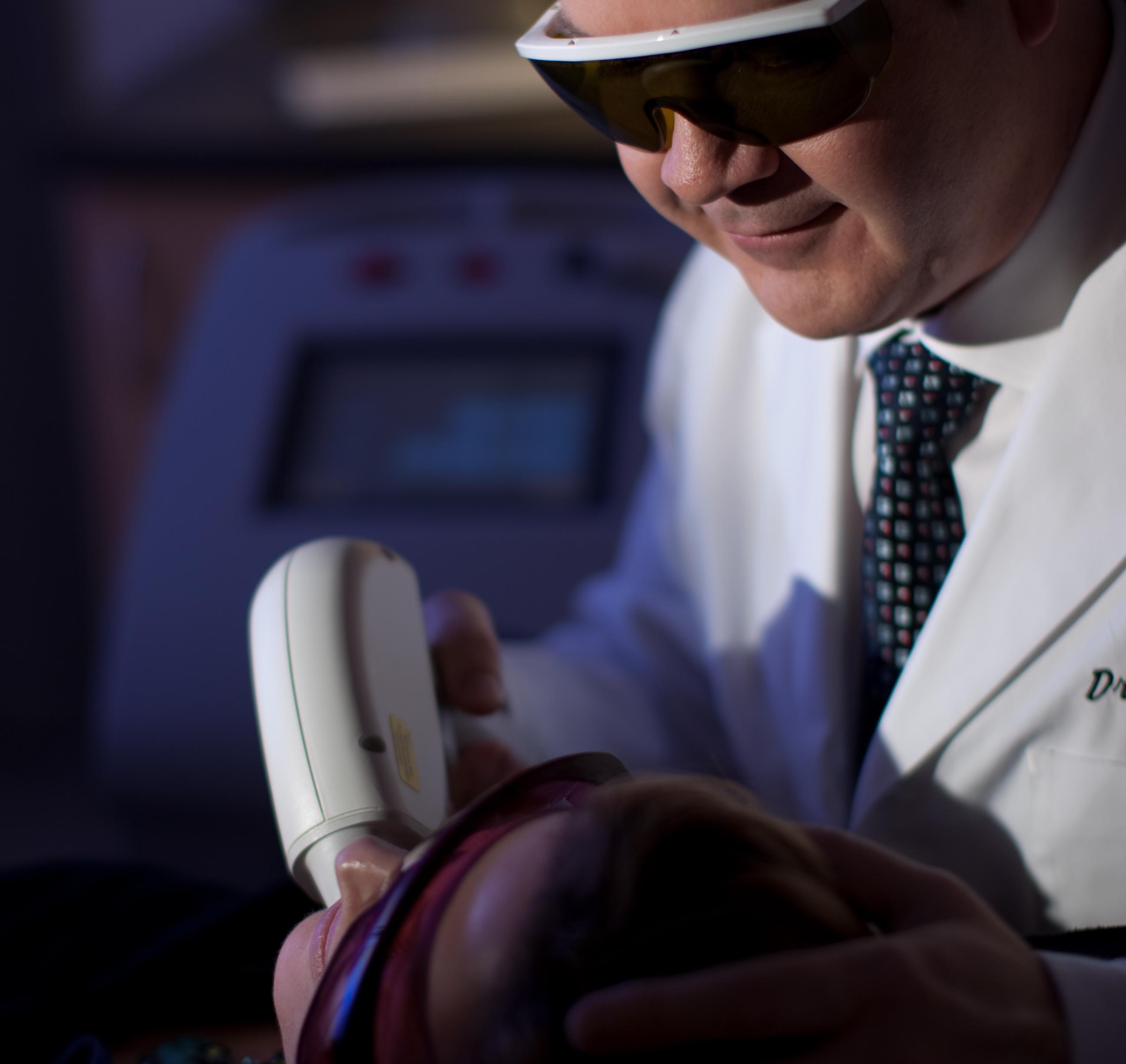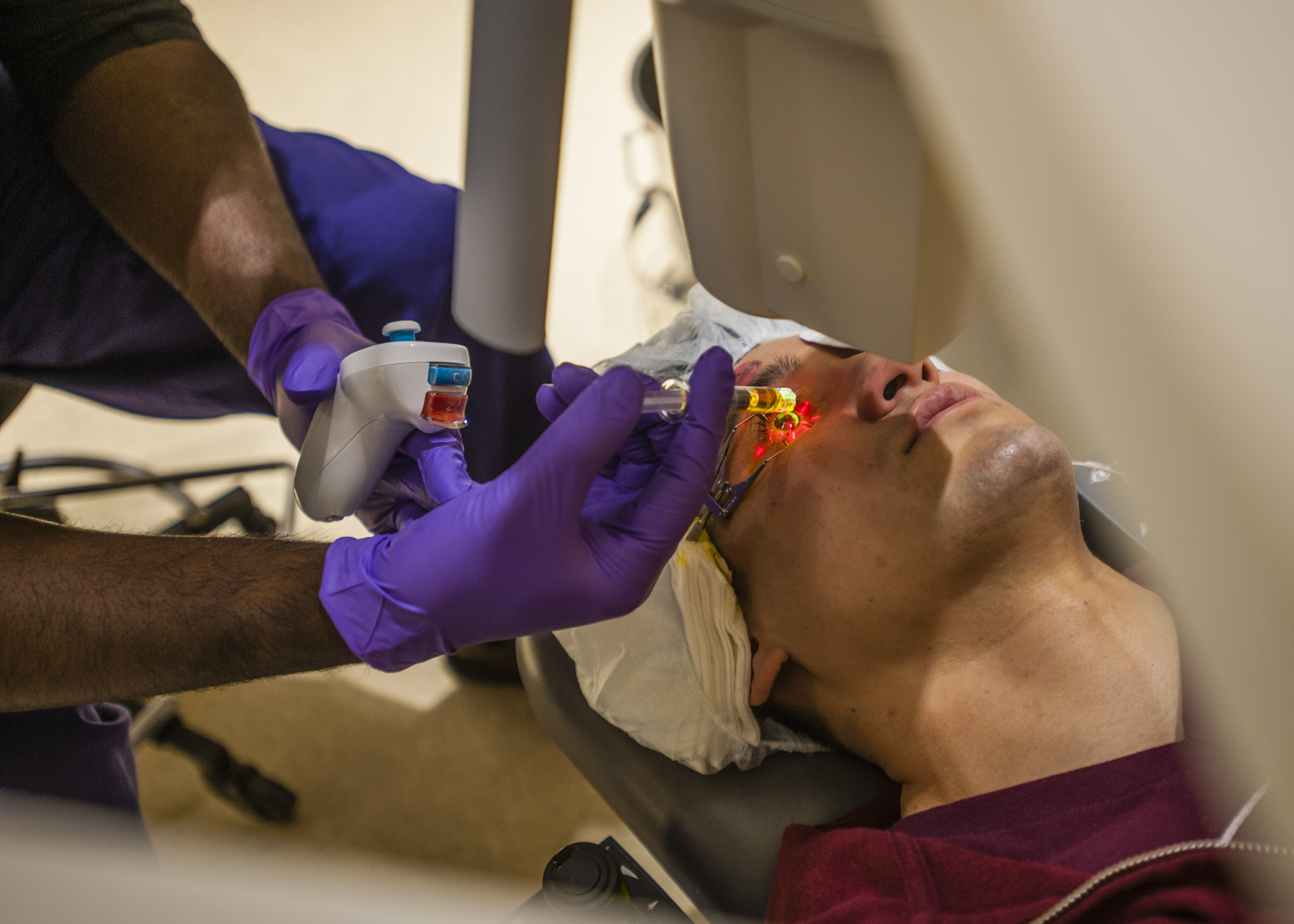Unearthing Three Prime Arthritis Treatments That Reshape Senior Well-being
Physical therapy plays a significant role in managing arthritis in seniors. It strengthens weakened muscles, significantly reduces joint swelling, and enhances flexibility. A PT specialist can customize suitable exercise programs for arthritis patients by considering their physical limitations, kind of arthritis, and affected joints.
High-frequency physical therapy can significantly reduce symptoms of arthritis. Simple exercises like cycling or walking can provide significant relief. Additionally, seniors also benefit from resistance training for strengthening their muscles.
Water aerobics have proved to be an excellent physical therapy medium. Being in water reduces the weight placed on the arthritis-affected joints during exercise, easing pain and providing a comfortable exercise environment. Indoor heated pools maintain a steady temperature beneficial for arthritis patients.
None of these exercises strain the joints. Over time, they gradually decrease pain and eventually increase mobility. Consistent following of physical therapy guidelines can contribute significantly to senior well-being.
The Advancement of Anti-Inflammatory Diets

Inflammation is a critical factor in arthritis, and diets focused on reducing inflammation can greatly help in managing arthritis symptoms. Consuming foods that have anti-inflammatory properties can, over time, help reduce chronic joint pain and swelling.
Fruits such as blueberries, cherries, and oranges, rich in antioxidants and Vitamin C, can assist the body in fighting arthritis inflammation. Moreover, vegetables like spinach, broccoli, and Brussels sprouts, high in antioxidants, can help reduce inflammation symptoms.
Foods rich in Omega-3 fatty acid, like fatty fish (salmon, tuna, and mackerel), flaxseed, and walnuts, also boast significant anti-inflammatory potential. This essential fat can slow the progression of arthritis by reducing inflammation in the joints.
Avoiding processed foods and focusing on lean proteins also aid in managing arthritis. However, every individual's body reacts differently, and a dietitian's advice is crucial in devising the most effective diet plan.
Pain Management through Acupuncture

Acupuncture, a traditional Chinese medicinal practice, has gained recognition in western medicine for managing arthritis pain. It's based on the belief that the body contains energy pathways, and pain occurs when these pathways get blocked. Acupuncture helps in releasing these blockages, thus reducing pain.
Sterile, thin needles are inserted at specific points in the body during this process. These points are believed to relate to areas causing pain. The procedure stimulates nerves, muscles and connective tissues, enhancing the body's natural painkillers.
Many seniors have reported significant reduction in arthritis pain and increased mobility after undergoing acupuncture treatment. Although the pain reduction isn't permanent, regular sessions can provide relief for longer periods.
The Role of Medication and Surgical Interventions

Medications often form an essential part of a comprehensive arthritis treatment plan. Traditional oral and topical nonsteroidal anti-inflammatory drugs (NSAIDs), Corticosteroids, and disease-modifying antirheumatic drugs (DMARDs) play significant roles in managing arthritis symptoms.
NSAIDs help in reducing joint pain and swelling, while corticosteroids provide effective short-term relief for severe pain and swelling. DMARDs are used for more severe cases of arthritis, they slow or stop the immune system from attacking the joints.
In severe or advanced cases, surgical interventions like joint replacement or joint fusion might be considered. While joint replacement replaces a damaged joint with an artificial one, joint fusion connects two bones in a joint to give stability and reduce pain.
All these methods have potential upsides and downsides. Hence, choosing any method should be done in consultation with a qualified healthcare provider. Regular follow-ups are necessary to monitor the effectiveness of medication and make changes if required.







